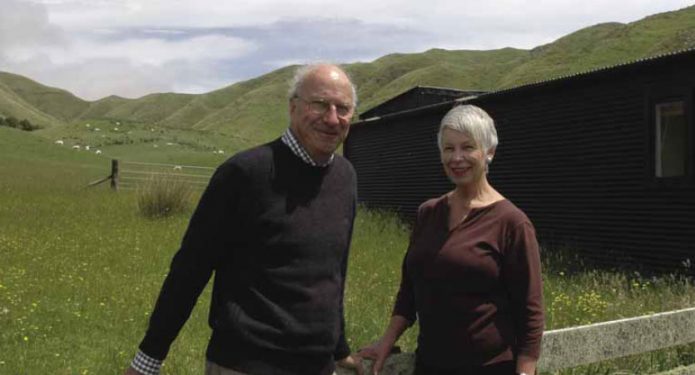Archive
‘When I took over management of this property in the late seventies, my father had been applying 3cwt of superphosphate each year, with the odd application of lime, even though we’re on limestone country.’ Stock 190ha sheep and beef Years of dicalcic use 20 Application No.8S (80% Dicalcic Sulphur / 20% Cropfi ne lime) 0:3.6:0:8..
Read more‘Up to the early 1990s we were farming the conventional way, using a lot of high analysis fertilisers,’ recalls Selwyn. ‘Come spring time, we’d have the farm shut up with plenty of grass available. The cows would go in and eat it all so we’d apply nitrogen to grow it again, which would cause the..
Read more‘I got my appreciation for soil fertility through my father,’ says Martin. ‘I remember as a teenager going with him to Hatuma and being shown slides of minerals that were required in the soil, how chemical reactions take place, and how farmers can build up humus and microbiological life. I’d studied agricultural courses, and nobody..
Read more‘When I got here, I was recommended to use dicalcic by an agent of a local merchant who was a real advocate of putting phosphate on in a non-acidic manner, while applying lime in an affordable manner. Back then he told me to apply it at 4cwt onto 100 acres, which I did. Afterwards that..
Read more‘During the late eighties I bought some terrace country,’ recalls Jeff, ‘but it never looked right, it was yellow and the stock wouldn’t graze it properly. After advice from the local fertiliser rep I hit it with two applications of superphosphate, both 500kg/ha. But that didn’t improve anything. I decided to apply Hatuma dicalcic on..
Read more‘My father first applied dicalcic on this place after his spreader operator, Tom Fuller, began expressing the virtues of the product during the 1970s,’ recalls Barry. ‘He later followed up with conversations with Joe Topp at Hatuma who spoke of the advantages to applying a non water-soluble phosphate, and the benefi ts to nurturing the..
Read more



 520 Maharakeke Rd, Waipukurau
520 Maharakeke Rd, Waipukurau

 0800 80 65 65 /
06 858 8567
0800 80 65 65 /
06 858 8567 06 8588018
06 8588018